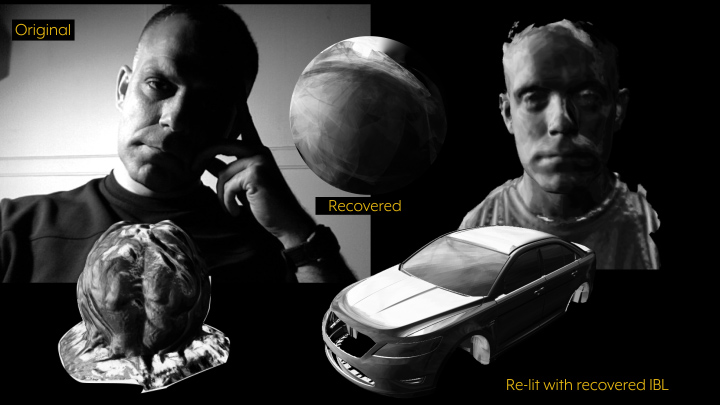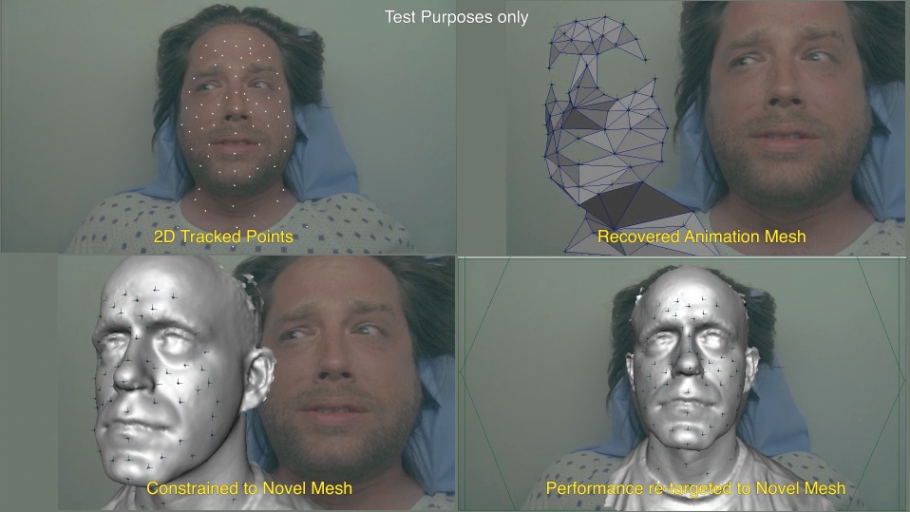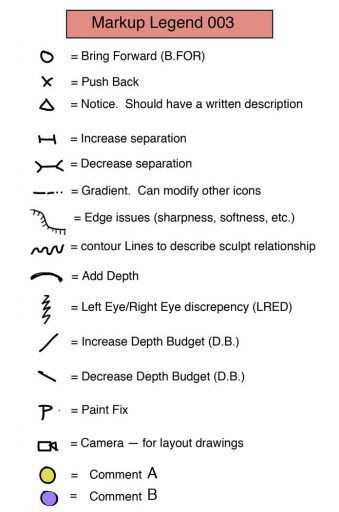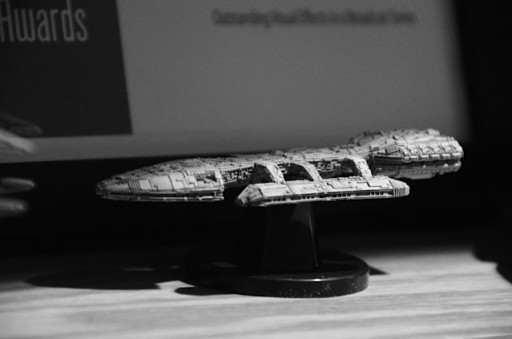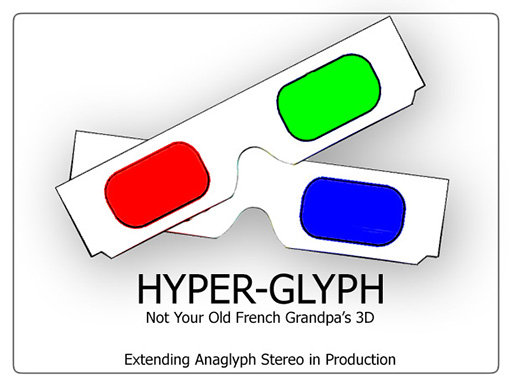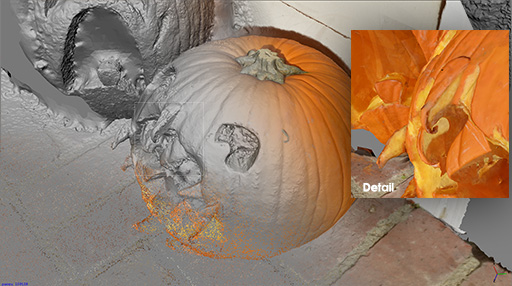Inverse Light Probes and MatCap Re-lighting
Geometry-based MatCap light probes, and re-lighting in compositing. Light Probes and a Little VFX History We will get into the subject at hand soon enough. First let’s set the context: Photographs of chrome spheres are used in visual effects production to record actual location lighting and reflection. These are …

